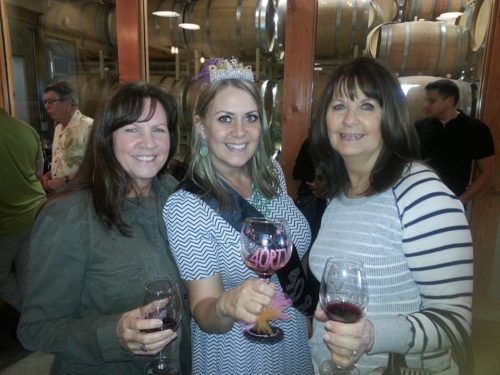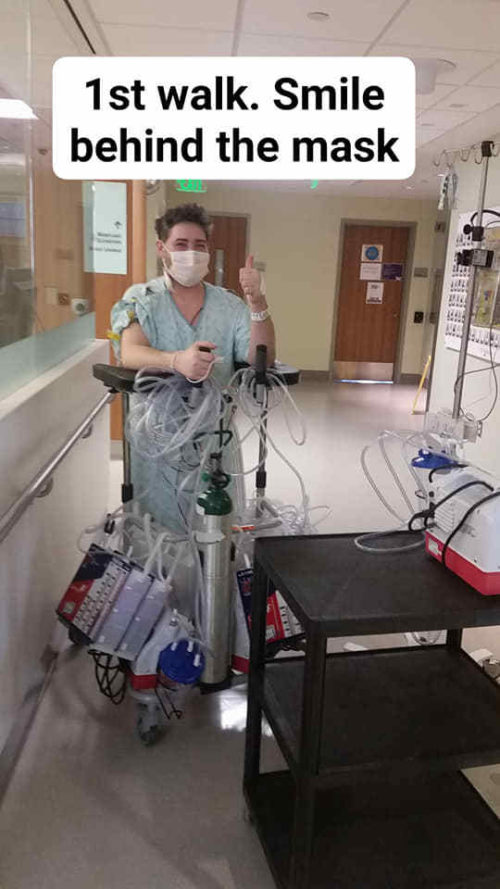Priscilla Turner Tissue Review Manager at LifeCenter Northwest
 When most people think of donation the life-saving gift of organ transplantation comes to mind. In addition to organs, tissue is also an invaluable gift to transplant recipients. Tissue grafts offer patients the opportunity to return to work after a disabling accident, walk without a limp, live without constant pain, avoid an amputation, or simply participate in common daily activities that their injuries or degenerative conditions had prevented. A single tissue donor can contribute to the healing of at least 75 patients, and often as many as 100 or more. Although less widely publicized than organ transplantation, donated human tissue offers hope and healing to millions of recipients in the United States each year.
When most people think of donation the life-saving gift of organ transplantation comes to mind. In addition to organs, tissue is also an invaluable gift to transplant recipients. Tissue grafts offer patients the opportunity to return to work after a disabling accident, walk without a limp, live without constant pain, avoid an amputation, or simply participate in common daily activities that their injuries or degenerative conditions had prevented. A single tissue donor can contribute to the healing of at least 75 patients, and often as many as 100 or more. Although less widely publicized than organ transplantation, donated human tissue offers hope and healing to millions of recipients in the United States each year.
The gift of bone
Bone grafts offer healing properties that stimulate bone growth and are a building block used in a variety of both common and specialized orthopedic surgeries. Children and young adults who are most likely to suffer from bone cancer are provided relief through bone grafts as they offer the only alternative to amputation. Bone is shaped into many different kinds of grafts playing a vital role in spinal surgeries, hip and knee replacements, fracture repairs, and dental procedures.
The gift of soft tissue
The recipients of soft tissue grafts have suffered severe trauma or degeneration. Tendons and ligaments are used to repair sports injuries, most often torn ACLs. They also provide healing in surgeries in almost every joint in the body.
The gift of skin
One type of skin graft provides a life-saving bridge for severe burn victims, acting as a barrier to infection and promoting the growth of scar tissue to help patients survive in the critical weeks after their injury. Another type of skin graft is often used to repair hernias or close large wounds and also plays a vital role in reconstruction after a mastectomy.
The gift of veins and arteries
These grafts restore circulation and often spare patients an amputation. They are frequently used in cardiac bypass surgeries as well as to aid patients receiving life-saving kidney dialysis whose own veins can no longer support their therapy. They also provide the only alternative for treatment in life-saving aortic repairs.
The gift of heart valves
For babies with severe cardiac defects the transplant of a whole pediatric heart valve is life-saving and, frequently, the only surgical option. Adult heart valves are widely transplanted as “patches” in infants and young children with life-threatening cardiac defects. Whole valve transplants are often the best treatment for active adults whose lives would be limited by lifelong anticoagulant therapy. For women of child-bearing age they provide the only treatment that allows them the opportunity to start a family.
Many tissue recipients are moved to write a note of thanks to the family and friends of their donors. Their words are a testament to the healing tissue transplantation provides, and offer support and comfort to the loved ones of every tissue donor.
“The tissue transplant allowed me to regain the use of my hand and arm. I was fortunate to be able to hold my first granddaughter, born just two weeks after the surgery. I will always be grateful to you and your loved one for making that moment possible.”
“I hope this letter gives you some comfort in knowing your loss will make a difference to so many. Because of your gift, I can feel like a whole woman again and I promise to give back to the world as much as I can.” (From a breast cancer survivor who received a tissue graft for reconstruction.)
“I was beginning to lose hope that I would be able to walk without pain and live the life I wanted. Both my surgeon and I are optimistic that the tissue transplant will be successful and help me walk normally. I am beginning my first year as a teacher, so this ability is huge! I will be forever grateful for the generosity.”
Click here for more information about our Tissue Donation Services program. For frequently asked questions visit our Understanding Donation page, which includes a visual guide through our interactive body.




